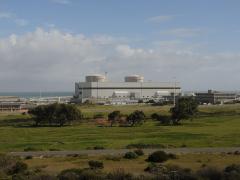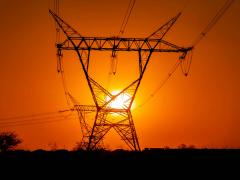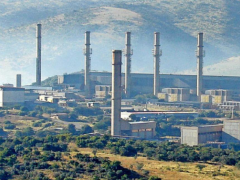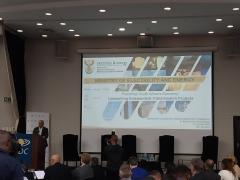As artificial intelligence (AI) becomes increasingly embedded in condition monitoring systems across industrial and energy environments, the belief that algorithms can fully replace human diagnostic expertise is gaining traction. But this assumption is deeply flawed, says Annemie Willer, manager of the Asset Reliability Care division at WearCheck, who warns that machine health assessment still depends on human context, experience and engineering insight.
Willer explains that claims about AI’s ability to fuse vibration, oil analysis, thermography, process data, ultrasound and acoustic emission into a single perfect picture of machine health are misplaced. Throwing more data at an algorithm does not automatically produce a complete or accurate diagnosis. It may sound compelling, she notes, but it ignores how machines behave in the real world.
Machines are not clones. Even identical pumps from the same OEM, installed in the same plant under the same conditions, will not age in the same way. One might run smoothly for years while another fails prematurely – and no amount of sensor data can reliably explain that difference. Assets accumulate unique wear histories, respond differently to stresses and operator behaviour and are shaped by human intervention, process fluctuations and subtle variances in assembly. AI cannot capture those realities.
Condition monitoring depends on high-quality data yet data rarely records the factors that cause many real failures: incorrect lubrication, skipped torque checks, rushed shutdown procedures, misalignment at installation or undocumented maintenance actions taken during night shifts. Sensors only capture what they are designed to measure; they do not record what a technician felt, heard or corrected without logging it. Without that context, AI is working with an incomplete picture.
Willer emphasises that the strength of condition monitoring lies in comparing, not converging, technologies. Vibration analysis, oil testing, thermography, ultrasound, acoustic emission and process parameters each provide different perspectives. These methods were never designed to merge into a single “truth” and expecting them to do so misunderstands their purpose and their limitations.
AI still has value. It can track changes over time, rank risks, filter noise and highlight anomalies. It is a powerful tool for scaling diagnostics and identifying where attention is needed. But it cannot interpret subtle mechanical behaviour, cannot understand why one corrective action works for one gearbox and not another and cannot replace the insight of a seasoned diagnostician.
Machines do not live in the cloud. They live in the real world shaped by environment, human behaviour and imperfect conditions. In such a world, convergence is not the goal, clarity is. Engineering judgement remains irreplaceable.













